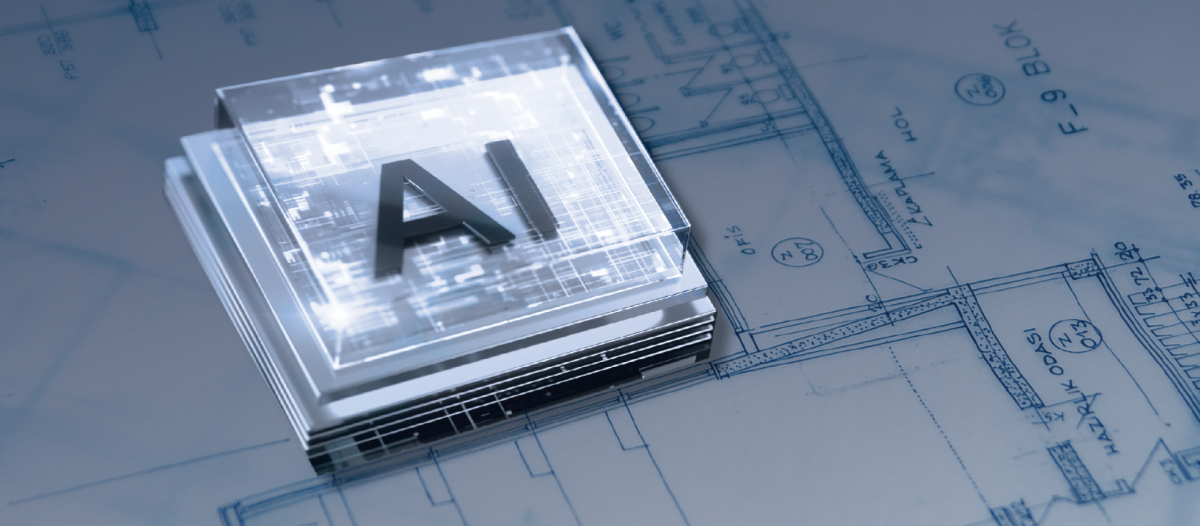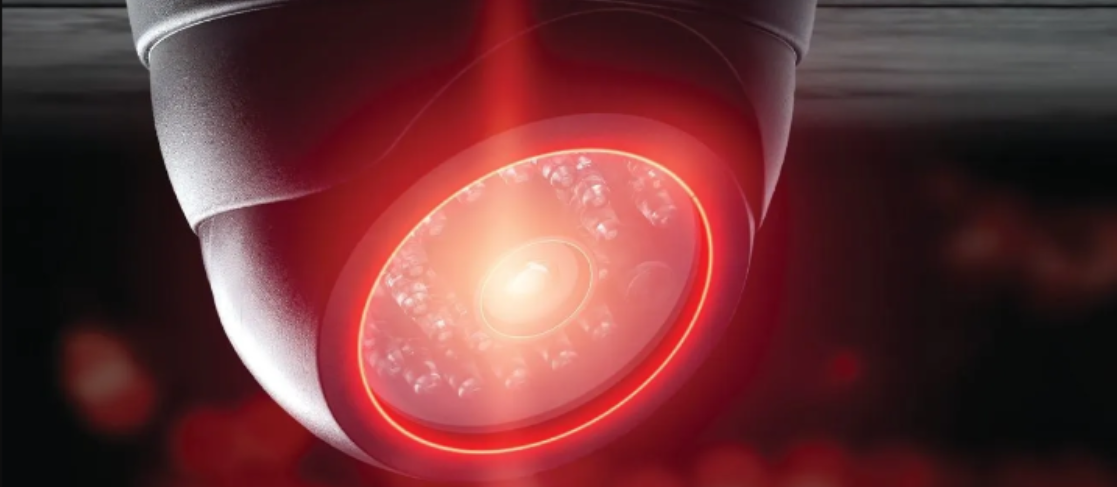ABCs of CAD
Simplifying FM processes

Facility managers are always on the lookout for innovative ways to improve their preventive maintenance efforts, and computer-aided design (CAD) tools have proven to be a transformative solution. With CAD, FMs can simplify maintenance processes, boost efficiency and effectively manage costs.
Whether it is creating detailed facility layouts or integrating with modern management systems, CAD provides practical tools and global best practices to help FMs achieve optimal results while making the most of available resources.
Introduction to CAD
CAD is a computer technology that is used in the creation, modification, and optimization of layouts, playing a crucial role in the planning and construction of buildings.
This was a significant improvement as the initial CAD technology, designed by PRONTO and DAC, mainly used numerical control programming.
CAD technology has evolved over the decades from a basic 2D schematics technology to a sophisticated facility management system. Before, CAD had limited uses in FM. The best it could do was to create digital blueprints and 2D schematics.
The technology was also limited to space planning and collaboration. However, technology evolved, and modern CAD technology can do so much more.
Modern uses of CAD in FM
Today, CAD offers numerous benefits to facility managers. For example, FMs can use CAD to create 3D visualizations of a facility. The developed 3D models help in better spatial understanding and modeling.
In addition, CAD can now be integrated with other technologies, such as BIM. This offers numerous benefits, as FMs can combine the accuracy of CAD data with BIM data management capabilities. This synergy gives FMs a holistic view of the facility and its functional attributes. As a result, FMs can make better decisions.
Managers can now link CAD to computerized maintenance management systems (CMMS) in modern facilities. CMMS tools make it easy for FMs to organize, track and manage facility maintenance.
Lastly, CAD helps FMs be more preventive than reactive. Reactive maintenance is costly to implement as it deals with fixing equipment when there is an emergency. In contrast, preventive maintenance deals with scheduling regular inspections and maintenance before equipment breaks down.
Streamlining efficient maintenance with CAD tools
One of the main advantages of using CAD tools is their ability to reduce costs. According to a report by Deloitte, predictive maintenance in intelligent factories can reduce costs by up to 10 percent.
Similarly, facilities that streamline maintenance can benefit from 5-10 percent of material cost savings. For this reason, FMs use CAD to simplify the maintenance process.
How does CAD facilitate a more efficient maintenance process?
-
Providing detailed & accurate 3D models
One of the main advantages of CAD tools is their ability to create accurate 3D models of a facility. CAD captures intricate information such as dimensions, material used and component configurations.
If a change is made to the 3D assets produced by CAD, the changes are instantly reflected in the model. This way, maintenance workers know what has changed, thus streamlining the process.
-
Creating detailed visualizations of the facility
CAD allows FMs to create comprehensive maps of their facility. The created maps include information such as equipment, electrical layouts, HVAC configurations and piping systems.
These detailed visualizations make it easy for maintenance teams to know where each asset is located. If a maintenance schedule is coming up, FM teams will quickly identify the place and even collaborate to solve the problem quicker.
-
Creating a maintenance schedule & plan
Another way CAD tools streamline the maintenance process is by creating a maintenance schedule and plan. CAD tools do this alongside other technologies, such as CMMS. This is possible because the CAD layouts are linked to the CMMS database. The database then automates preventative maintenance schedules.
An example is when a CAD schematic of an HVAC system is linked to a CMMS database. After linking the two, the CMMS will factor in the maintenance schedule of different components based on the manufacturer's recommendation. This triggers alerts within the CMMS, reminding FMs of an impending maintenance program.
-
Reducing human error
CAD tools streamline the maintenance process by reducing human error caused mainly by inefficiencies. CAD does this by providing precise and up-to-date schematics. This reduces guesswork, especially when dealing with complex mega facilities.
CAD will give maintenance teams accurate measurements and system configurations for maintenance work. Similarly, CAD can stimulate potential maintenance scenarios, which the team can use to know the best maintenance strategy to minimize disruptions.
Best global practices for ensuring effective CAD use in preventive maintenance
Preventive maintenance refers to the process of performing regular inspections, servicing and repairs on equipment. FMs leverage CAD to revolutionize preventive maintenance into a proactive process. By implementing best practices, FMs can maximize the value CAD offers to other managers in the global market.
CAD has been used in various sectors for preventative maintenance. Some of these sectors are:
-
Healthcare sectors: Hospitals use CAD to map medical equipment layouts and integrate with other tools to schedule maintenance. For example, CAD diagrams link to schedules for critical equipment such as MRI machines, reducing downtime.
-
Manufacturing: Companies in Japan and Germany use CAD to get precise schematics of moving parts. The schematics help technicians predict wear and tear and service them before they cause downtime.
-
Commercial real estate: In places such as Dubai, real estate developers integrate CAD with HVAC systems. This is done to optimize the maintenance schedule, ensuring efficiency.
Some of the best global practices for using CAD to ensure adequate preventive maintenance include:
-
Integration with Internet of Things
FMs can integrate CAD with modern technologies such as the Internet of Things for real-time monitoring and preventative maintenance. Facilities in countries such as South Korea and Singapore integrate CAD with IOT sensors to deal with preventative maintenance in critical systems.
Examples of these systems include elevators, power grinds, and manufacturing centers. Intelligent factories use CAD and IOT to predict when machines need repair.
-
Standardization & compliance
Another best practice is configuring the CAD to align with global standards to ensure effective preventative maintenance. For example, CAD can be configured to document, track, and maintain assets based on international compliance standards such as ISO 55000.
Lastly, CAD can be integrated with BIM to view building components and schematics comprehensively. This integration makes it easy for FMs to plan for preventative maintenance tasks.
Operational benefits of using CAD
There are numerous benefits to using CAD tools for preventative maintenance. One of these is saving time by providing detailed facility schematics.
The schematics enable FMS to locate equipment that requires urgent attention quickly. Another way that CAD saves time is by optimizing the workflow. This is made possible because the tool creates a pre-planned maintenance schedule. Other operational benefits are:
-
Cost reductions
By using CAD, FMs save on maintenance costs because the software can identify wear and tear patterns early before they stall operations. By identifying these patterns early, CAD can create a proactive maintenance schedule, saving on costly repairs.
CAD also saves on costs by creating precise schematics that technicians use to buy exact materials. This optimizes resources and reduces waste.
-
Asset longevity
CAD increases equipment lifespan thanks to its ability to create detailed visualizations of asset structures and identify their stress points. After identifying their stress points, CAD makes a proactive care program that ensures the assets operate within their designed efficiency.
Lastly, CAD empowers facility managers with data-driven insights that make it possible to make better decisions.
Creating sustainability with CAD for long-term maintenance strategies
CAD can be used to create sustainable facilities in several ways. One is the ability to develop and maintain energy-efficient facilities. When used alongside building automation systems, FMs can analyze the facility's electrical consumption rate.
This makes it easy to identify energy consumption needs and develop a more energy-efficient facility. Sustainability is further enhanced when CAD assists in creating green solutions like a water-efficient plumbing system.
-
Resource optimization
In addition, CAD tools enhance sustainability by optimizing resource use and avoiding wastage. The technology does this by providing precise measurements used in maintenance, thus reducing the risk of excess waste.
-
Sustainability in waste management
CAD creates sustainability in waste management by creating precise maps and visualizations to develop an efficient waste management system. For example, a CAD can identify strategic waste collection points with accessible bins.
Another strategy is to design efficient waste transport routes that do not disrupt work activities. Lastly, CAD ensures that waste regulations are adhered to by generating diagrams that adhere to waste collection, segregation, and disposal policies.
-
Sustainability in renewable energy
CAD facilitates sustainability in renewable energy by helping FMs optimize the placement of solar panels or wind turbines. The technology will simulate the best position that will maximize energy capture. It will also simulate energy-efficient distribution systems that will minimize energy loss.
Incorporating CAD revolutionizes preventative maintenance and sustainability, empowering FMs to achieve operational efficiency while minimizing the environmental footprint.

Anna Liza Montenegro is director of marketing and as a trained architect, these events are offered to AEC professionals by Microsol Resources, a value-added reseller of various technology partnerships. She develops design technology conferences for architecture, engineering and construction (AEC) professionals as a forum to exchange innovative strategies and best practices, while facilitating discussions into the technological trends driving significant change in building design and construction.
Read more on Operations & Maintenance , Technology and Project Management
Explore All FMJ Topics









